Currency? What is it really? How does it differ from money?
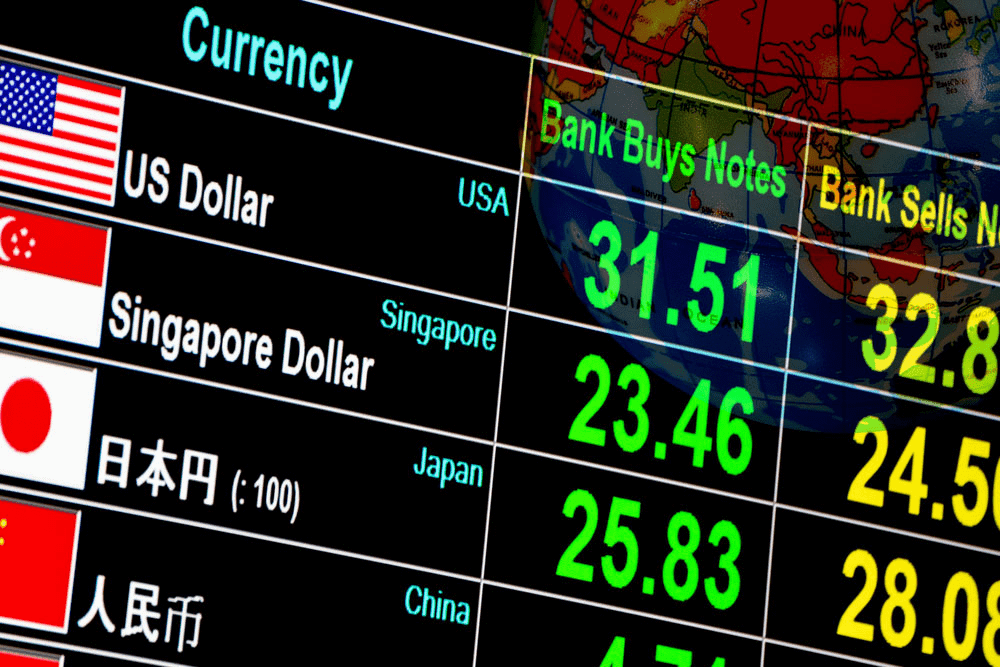
Currency is a medium of exchange and is what we use to facilitate the sales, purchases, services or trade of goods between parties. Specifically, it’s money or cash, in the form of coins or paper bills, usually issued by a government and the authority and circulated within its jurisdiction and in general rule accepted at its monetary worth as a method of payment. It is also the fundamental means of exchange in the world.
It is the replacement of bartering as a medium of trading goods and services in the past.
Currency in one way or the other has been in use for more than 3,000 years. Money, generally in the form of coins or bits, proved to be crucial in doing trade and commerce across continents of the globe. Precisely speaking, currency is the physical money in an economy and it makes up just a small quantity of the overall money supply, much of which occurs as electronic entries or credit money in financial ledgers.
Modern money’s key characteristics are constantly worthless in itself. That is, bills are just pieces of paper rather than coins which are made out of gold, silver, copper or bronze.
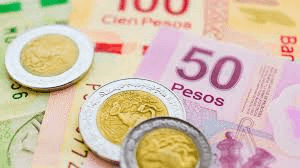
The idea of using paper money as currency may have originated in one of the countries in Asia which is China in as early as 1000 BC, however the acceptance of paper pieces in return for something of real monetary value took a very long time to take off.
Contemporary currencies are issued on paper in numerous denominations, with fractional issues by means of coins.
As stated in the WorldAtlas.com, there are 180 national currencies that are currently circulating with the recognition by the United Nations. While, 66 countries in the globe either use the U.S. dollar as their official currency or peg their currencies directly to the dollar.
Several countries issue their own currency. For instance, Japan’s official currency is Yen,Switzerland’s is the Swiss Franc and for the Philippines is Peso. An exception is the euro, which has been adopted by 19 out of its 27 member nations of the European Economic and Monetary Union as their official currency.
While other countries accept the U.S dollar as permissible of circulating medium in addition to their own currencies. Countries like Ecuador, El Salvador and Costa Rica are just some of the countries who accept U.S dollars. Erstwhile after the making of the U.S Mint in the year 1792, Americans continued to use Spanish coins or the “reales” for the reason that they were heavier and presumably felt more precious and valuable.
We must keep in mind that when one country’s currency is worth more than that of another, it does not necessarily indicate or stipulate a stronger economy. For instance, the Japanese yen is considered as one of the world’s strongest currencies. Besides, a Japanese yen valued only about one U.S. cent. The fact is that focusing on a currency’s worth relative to that of another at a constant point in time is pointless.
The best way to determine a currency’s strength is by scrutinizing and surveilling its value in relation to other currencies over many decades. So here are the five (5) Strongest Currencies in the World on the latest survey:
Kuwaiti Dinar (KWD)
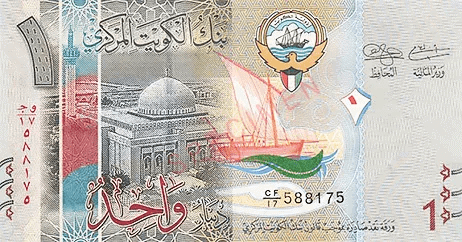
As to the latest findings, Kuwaiti Dinar is the highest-valued world currency with an estimating value of $3.31 per Dinar. Such inflated or excessive value is explained by the fact that its stable economy and remarkable oil exports into the global market, generating almost 95% of its revenue.
About 9% estimates of the global oil reserves can be found on its territory that makes petroleum productions easy and therefore, the cheapest among the other countries around the globe. Aside from the fact that, Kuwait is a tax-free country with the lowest unemployment rate.
Bahraini Dinar (BHD)
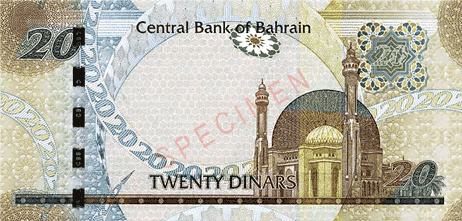
Known as the world’s second most valuable currency with a conversion rate of $2.66 per Dinar and is pegged to the US dollar. It’s exchange rate against the U.S. dollar has remained stable since 1987.
Bahrain has a population of just over 1 million citizens. In a similar way with Kuwait, its largest and primary source of income is the global petroleum and natural gas export. Ironically, Saudi Riyal is officially an authorize and a legal tender in Bahrain next to Dinar.
Omani Rial (OMR)
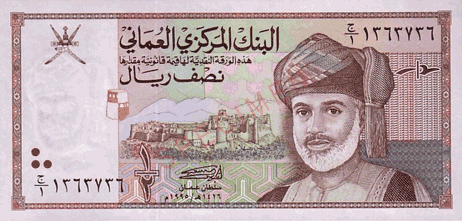
Known as the currency of the country, Oman. Like with other countries on the Arabian Peninsula, It has a developed economy and a high quality of life due to oil production. The country’s currency has been pegged to the U.S. dollar since 1973 and considered to be the top three most expensive currencies in the world. Its conversion rate is $2.60 per Rial which is nearly double to the value of the British Pound.
Jordanian Dinar (JOD)
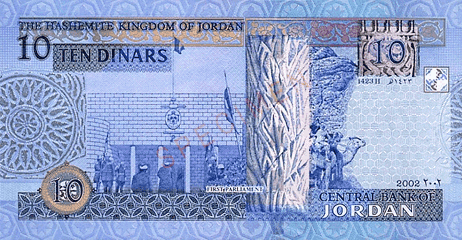
Known as the official currency of Jordan that was initially pegged to the U.S. dollar at a higher value. Although the country is not economically developed and lacks essential resources, such as petroleum, it has significant external debt that makes it highly dependent on its neighboring countries. So this year, the Dinar has 4th place on the list of the most expensive currencies in the world.
British Pound Sterling (GBP)

Is the National currency of Scotland, Wales, Northern Ireland and England, as well as the parallel currency of Jersey, Guernsey and the Isle of Man with the rate of 1GSB to 1.38 USD. Perhaps, most people consider that GBP holds the highest monetary value among other existing currencies, its rate against the U.S. dollar puts it in the 5th position among the highest currencies.
British colonies such as Saint Helena, Gibraltar and Falkland Island issue their own currency or banknotes valued as 1 per 1 or equal. But they differ visually from the banknotes issued in the Bank of England. Amusingly, the natives of Britain do not always want to accept GBP as a means of payment.
We all know that the currencies of undeveloped countries tend to depreciate in value. Nonetheless, when everything is fine and admirable with the economy, we can hardly visualize the opposite effect. Remember, there were almost no cases when the currency value was constantly escalating. The cause may be different.
Therefore, the strength and the solidity of a currency is a pretty complex thing. It is determined not by its value, but by many factors, such as the country’s debt levels, inflation rate, interest rates, and so on. The high monetary value does not make a strong currency in the context of economics, but can hardly help investors to make any wise decisions.
To know more about money changing and latest foreign currency exchange rates, visit Optimum Remit at 3rd floor Worldwide Corporate Center, Shaw Blvd, Mandaluyong, 1550 Metro Manila and have your foreign exchange transactions with a safe and hassle-free environment. Please call 0920-9589076 for more details.
You may also visit their branch under the name and style of AllCash located inside the Customer Service area of AllDay Supermarket in Vista Mall Taguig, Starmall Alabang, Evia Lifestyle Center, Vista Mall SOMO, and Vista Mall Tanza. AllCash offers foreign exchange transactions at competitive exchange rates of up to 15 currencies.
Sources:




